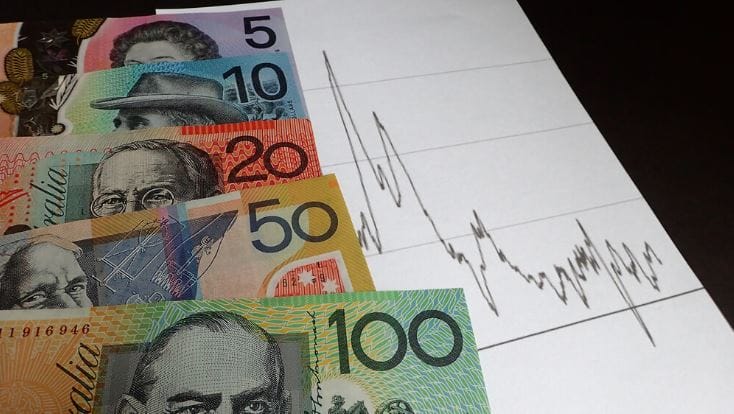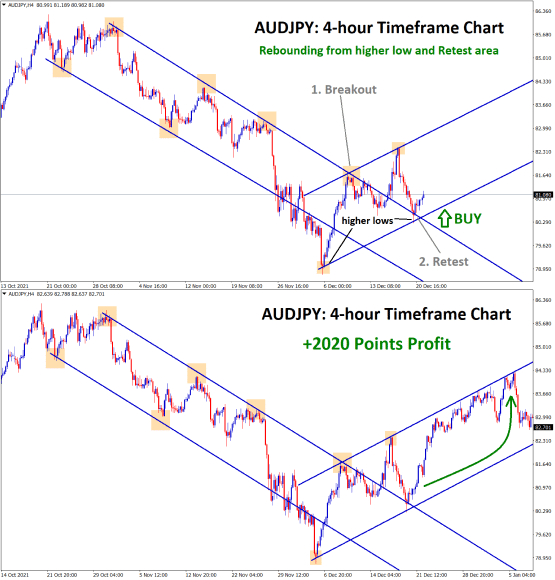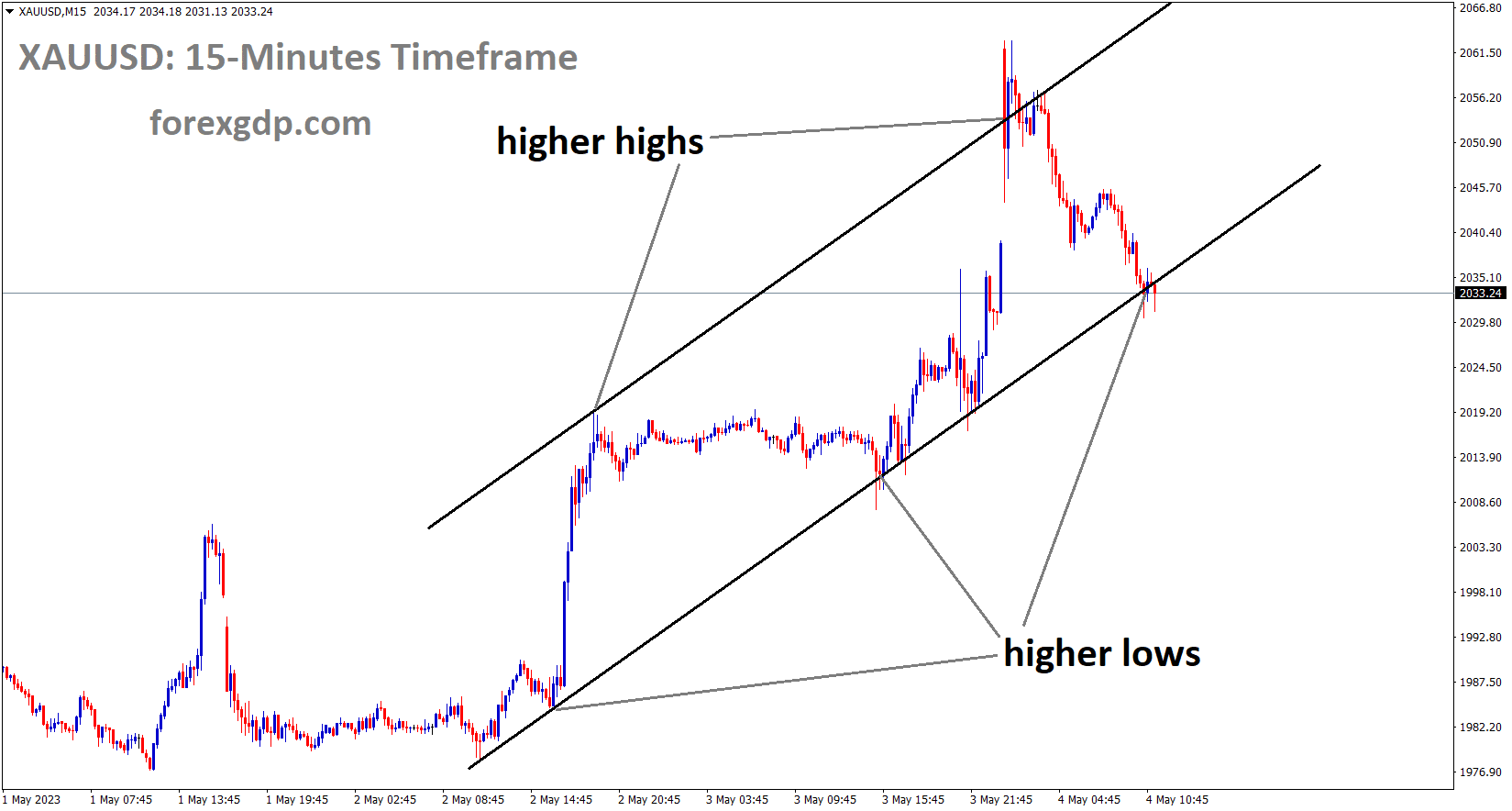AUD: Australia’s March Retail Sales Fall 0.4% MoM vs. Expected 0.2%
The Australian Retail sales data dropped -0.40% in the March month versus 0.30% increase in the previous month and 0.20% is expected rise. The Australian Dollar dropped against USD after the data published.
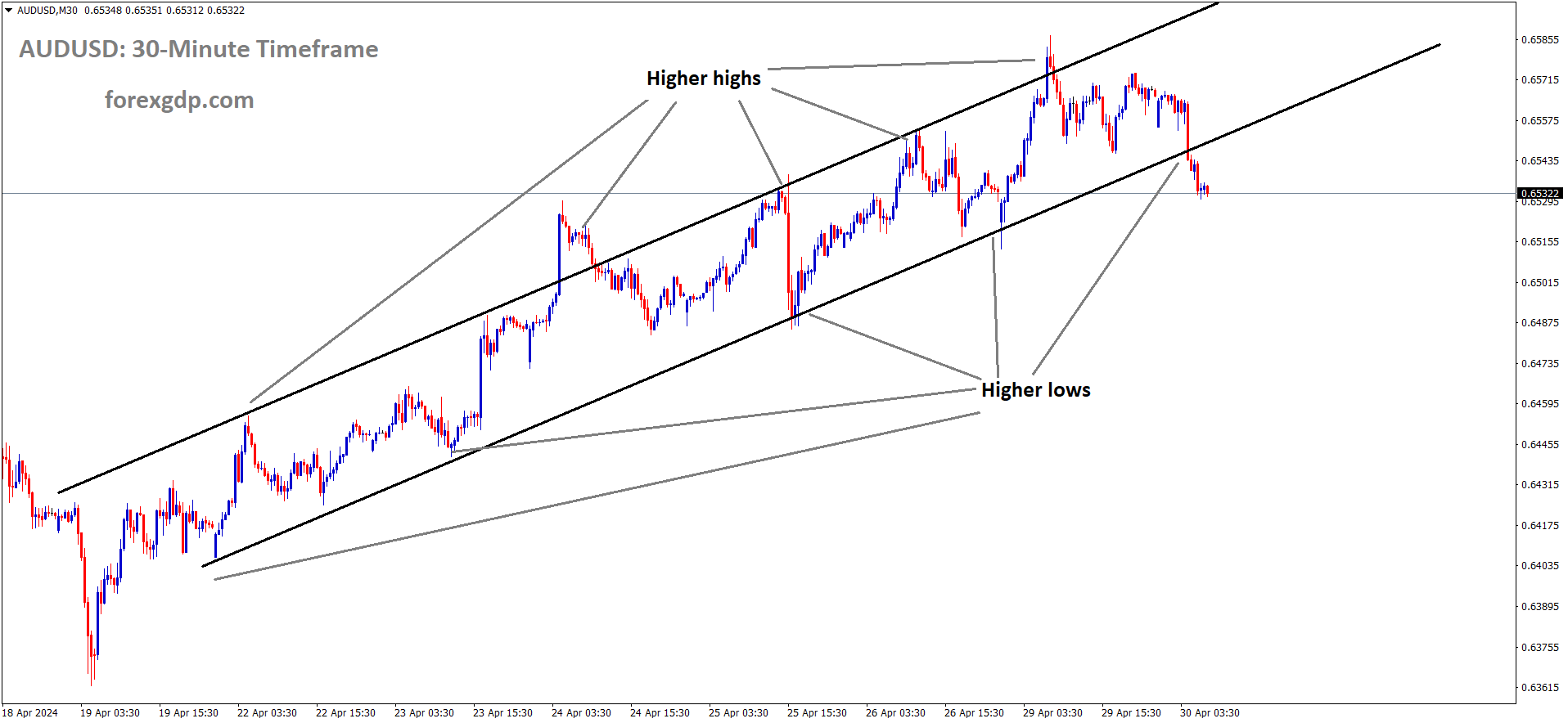
AUDUSD is moving in Ascending channel and market has reached higher low area of the channel
According to official data released by the Australian Bureau of Statistics (ABS) on Tuesday, Australia’s Retail Sales, which serve as a gauge of consumer spending in the country, experienced a decline of 0.4% month-on-month (MoM) in March. This marks a reversal from the previous reading, which showed a 0.3% increase. The reported figure fell short of market projections, which anticipated a rise of 0.2%.
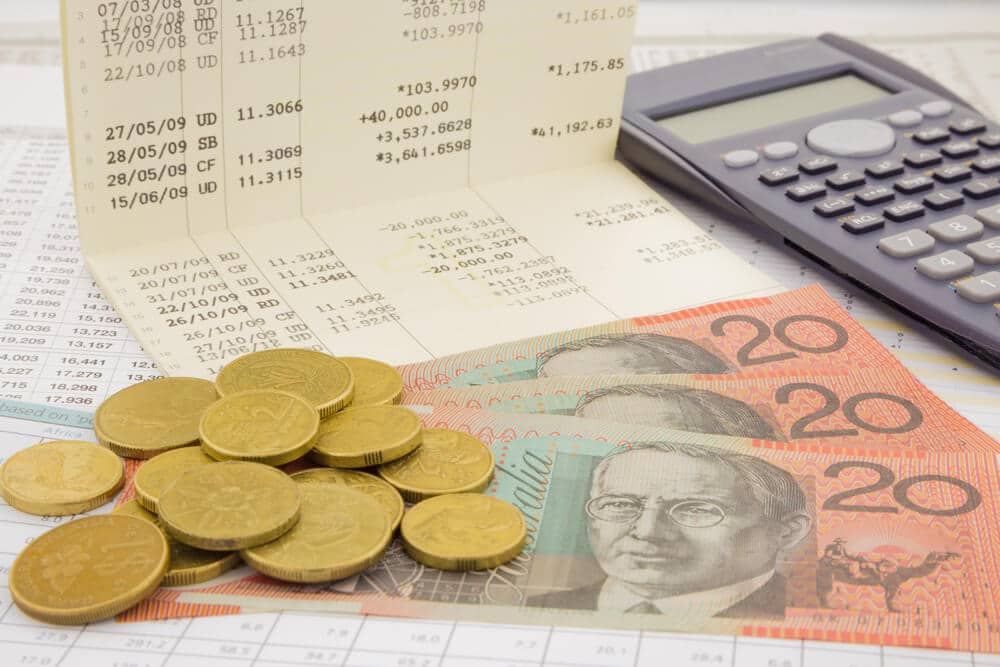
AUD: Australia’s March Retail Sales Dip by 0.4% Amid Persistent Inflation and High Rates
In March, Australian retail sales experienced a decline of 0.40%, marking a notable reversal from the 0.30% increase observed in the preceding month. This figure also fell short of market expectations, which had anticipated a rise of 0.20%. The release of this data had an immediate impact on the currency market, with the Australian Dollar weakening against the US Dollar following the publication of the retail sales figures.
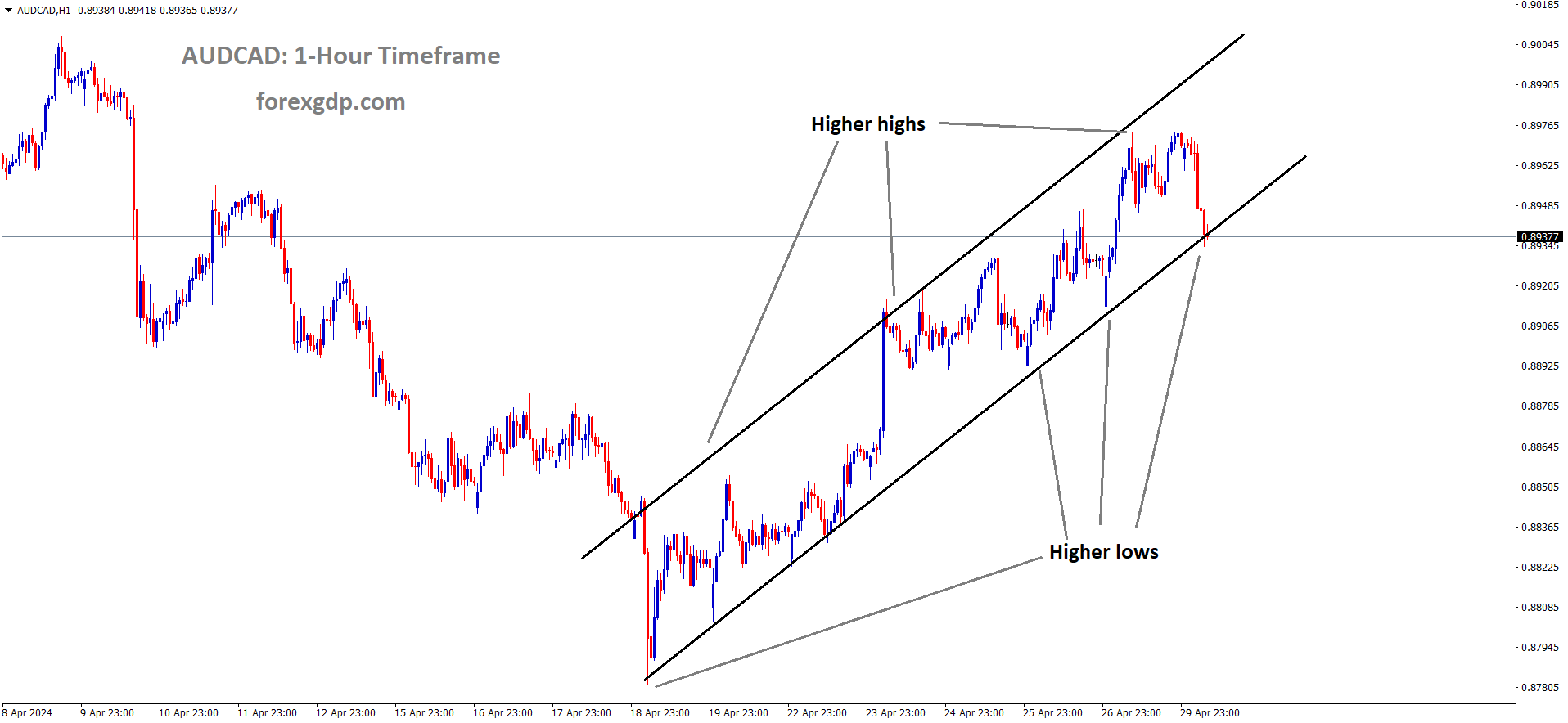
AUDCAD is moving in Ascending channel and market has reached higher low area of the channel
In March, Australian retail sales took an unexpected downturn, reflecting the ongoing pressure on consumer spending stemming from persistent inflation and elevated mortgage rates, a trend projected to persist in the foreseeable future.
According to data released by the Australian Bureau of Statistics (ABS) on Tuesday, retail sales declined by 0.4% month-on-month (MoM) in March. This figure fell short of expectations, which had anticipated a 0.2% increase, and marked a significant reversal from the 0.3% growth observed in February.
The February growth had been partly attributed to a series of concerts by pop star Taylor Swift, which boosted spending in sectors like fashion and accessories. However, this surge did not extend into March, with retail spending continuing to face pressure from the persistent rise in the cost of living.
Ben Dorber, the head of retail statistics at the ABS, noted that despite occasional fluctuations, underlying retail turnover had remained largely flat over the past six months. Year-on-year growth in March stood at a modest 0.8%, representing the weakest pace of expansion on record, excluding the impacts of the COVID-19 pandemic and the introduction of the goods and services tax.
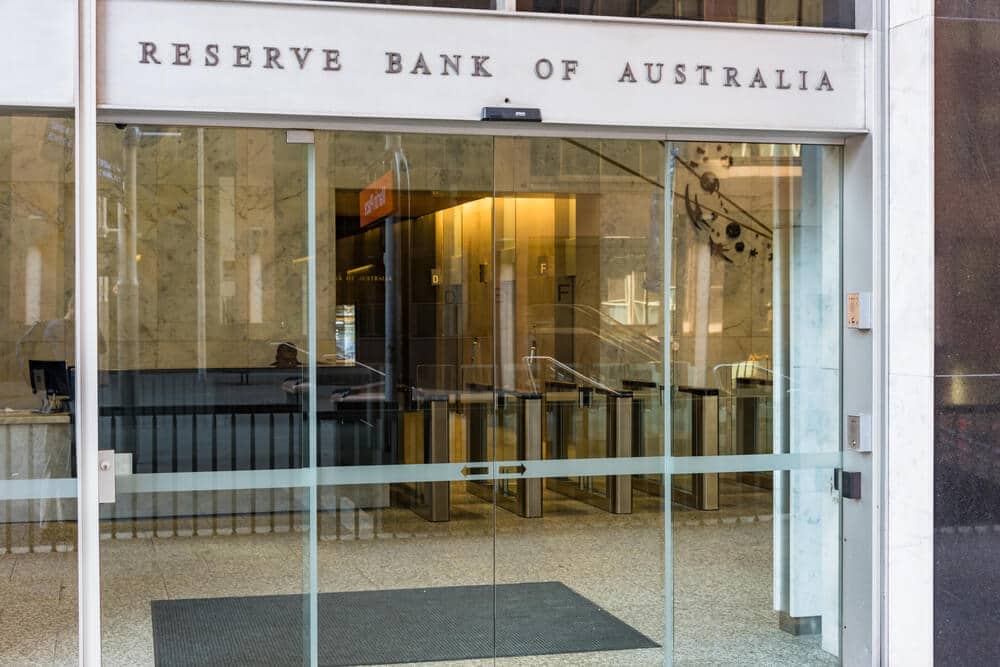
The Reserve Bank of Australia (RBA) has been closely monitoring consumer demand as part of its efforts to manage inflation. The RBA has raised interest rates by more than 400 basis points over the past two years, aiming to rein in inflationary pressures. However, inflation experienced a resurgence in the first quarter of 2024, raising concerns that the central bank may need to implement further rate hikes or maintain elevated rates for an extended period.
Despite the inflationary concerns, the cooling trend in retail spending contributes to a softer outlook for inflation, reflecting the delicate balance the RBA faces in managing economic growth while containing price pressures.
AUD: Consumer Caution Evident as Retail Sales Decline by 0.4%
The month of March saw Australian retail sales take a notable downturn, declining by 0.40%, a stark contrast to the 0.30% growth witnessed in the previous month. This figure missed market projections by falling short of the expected 0.20% increase. The revelation of these figures promptly influenced the currency market, leading to a weakening of the Australian Dollar against the US Dollar in response to the retail sales data release.
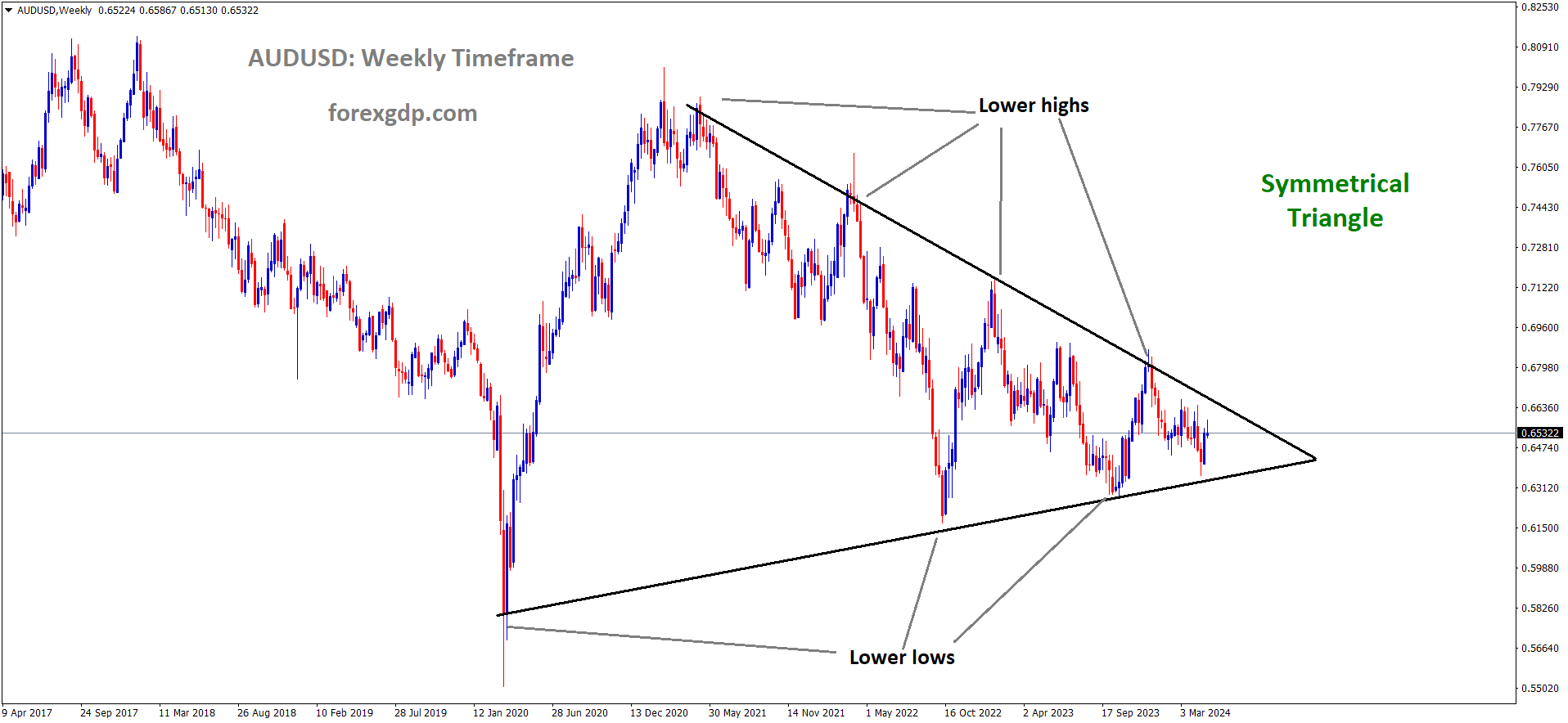
AUDUSD is moving in Symmetrical Triangle
In March 2024, Australian retail turnover experienced a decline of 0.4% (seasonally adjusted), as reported today by the Australian Bureau of Statistics (ABS). This drop follows a slight increase of 0.2% in February 2024 and a more substantial rise of 1.0% in January 2024.
Ben Dorber, the head of retail statistics at the ABS, noted that consumers scaled back their retail spending in March amidst persistently high cost-of-living pressures. He highlighted that underlying retail turnover has remained stagnant for the past six months, showing only a marginal increase of 0.8% compared to March 2023. This growth rate represents the weakest performance on record when comparing turnover to the same period in the previous year, excluding the impacts of the COVID-19 pandemic and the introduction of the goods and services tax.
The decline in turnover affected all industries except for food retailing, which saw a modest increase of 0.9%. Notably, the clothing, footwear, and personal accessory retailing sector experienced the largest drop (-4.3%), followed by department stores (-1.6%). Dorber attributed these declines partly to the reversal of large increases recorded in the previous month, particularly in sectors influenced by events such as Taylor Swift concerts.
Household goods retailing (-1.4%), other retailing (-0.3%), and cafes, restaurants, and takeaway food services (-0.2%) also witnessed declines in monthly turnover.
Dorber mentioned that retailers reported challenging trading conditions, with consumers exercising caution in discretionary spending. He emphasized that consumers are facing cost-of-living pressures due to price rises in education, healthcare, housing, and insurance.

The decline in retail turnover was more pronounced in New South Wales (-1.1%) and Victoria (-0.8%), which experienced significant increases in February due to the aforementioned Taylor Swift concerts. Results across other states and territories were relatively modest.
Dorber suggested that examining quarterly retail sales volumes, to be released next week, would provide insights into the impact of consumer prices on recent turnover growth.
Additional information on the March reference period, including quarterly price and volume data, will be available on May 7, 2024. The ABS expressed gratitude to businesses for their continued cooperation in responding to surveys.
Don’t trade all the time, trade forex only at the confirmed trade setups
Get more confirmed trade signals at premium or supreme – Click here to get more signals , 2200%, 800% growth in Real Live USD trading account of our users – click here to see , or If you want to get FREE Trial signals, You can Join FREE Signals Now!

